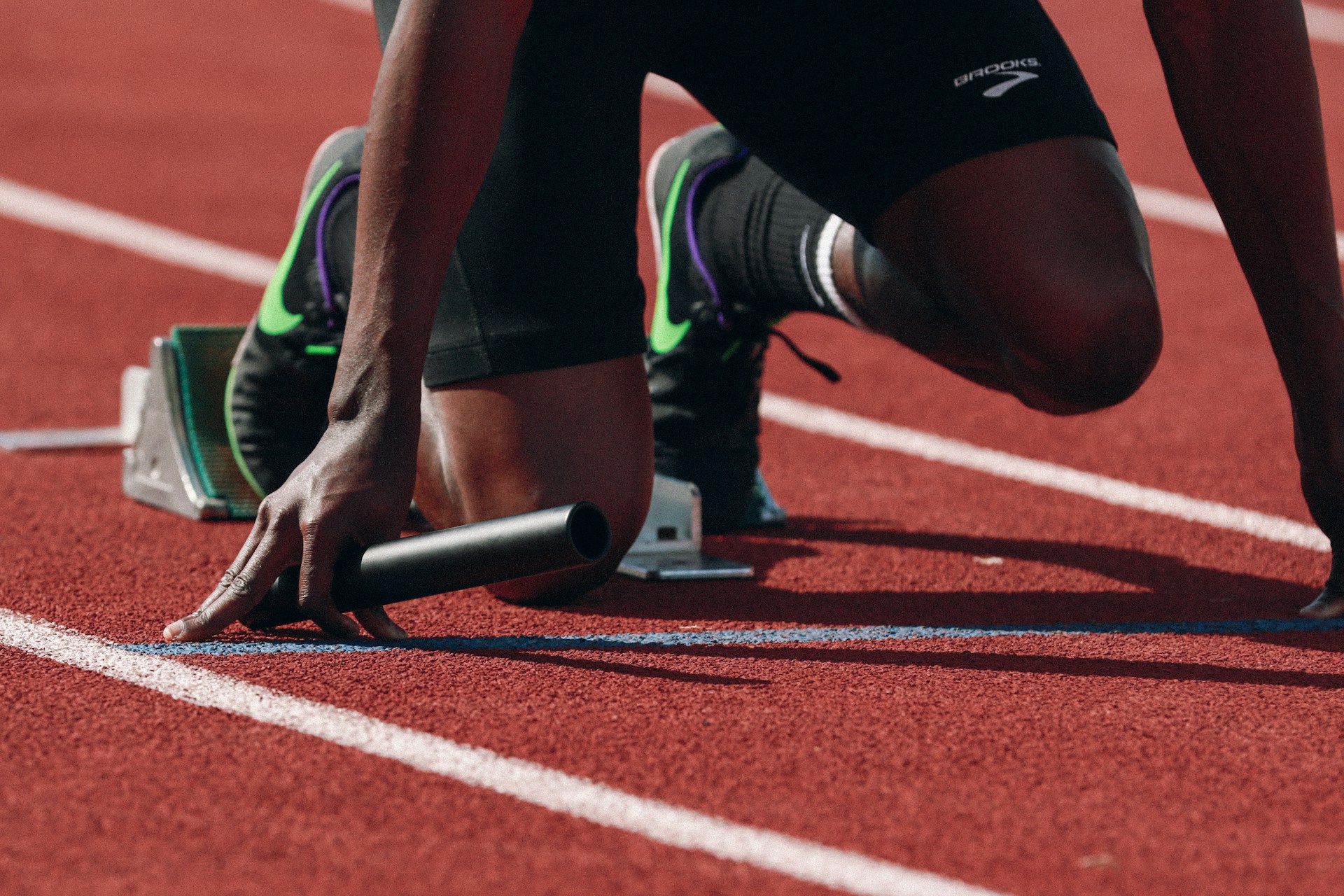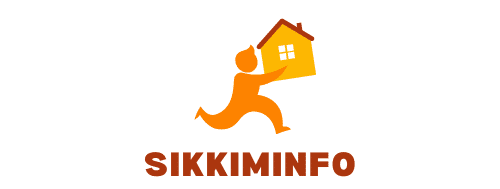What Are the Best Recovery Modalities for Reducing DOMS in Marathon Runners?

As marathon runners, you push your bodies to the limit, challenging your muscles to perform at their peak over extended distances. However, this intense level of exercise often results in muscle soreness, formally known as Delayed Onset Muscle Soreness (DOMS). DOMS refers to muscle pain that develops a day or two after overly strenuous exercise. While DOMS is a common occurrence, it often impacts the quality of your training and performance. This article will delve into the best recovery modalities available to help alleviate DOMS, focusing on massage therapy, muscle compression, exercise, and foam rolling, which have been supported by meta-analysis research and study references like Pubmed, Crossref and Google Scholar.
Massage Therapy as a Recovery Tool
Massage therapy is a widely used recovery tool among marathon runners and athletes in other sports. It helps relax the muscles, stimulates blood flow, and helps reduce muscle tension and stiffness often associated with DOMS.
A voir aussi : What’s the Role of Sports in Enhancing Social Integration for Immigrant Populations?
According to a meta-analysis referenced on Pubmed, massage therapy has been found to significantly reduce muscle soreness and improve muscle recovery post exercise. The study, which involved a careful analysis of multiple previous studies, concluded that massage can be a powerful tool in alleviating DOMS symptoms.
Moreover, according to a study published in the Journal of Athletic Training, also available on Crossref, massage therapy applied after intense exercise reduces the severity of DOMS by approximately 30%. The study involved participants who had undergone high-intensity eccentric exercise and then received massage therapy. Their level of muscle soreness was then compared to a control group that did not receive any massage.
En parallèle : How Effective Are Multidirectional Jumping Exercises for Soccer Midfielders?
Muscle Compression for Recovery
Muscle compression is another popular modality used by runners and athletes for recovery. It involves applying pressure to specific muscles or muscle groups to increase blood flow and hasten the removal of lactic acid, thereby reducing muscle soreness and speeding recovery.
A study available on Pubmed and Crossref, examining the effects of compression garments on recovery, found that athletes who wore compression garments after exercise experienced less muscle soreness and regained maximum strength faster than those who did not.
They also found that compression garments can be particularly beneficial when worn during sleep, as they continued to provide muscle compression, enhancing recovery and reducing DOMS.
Exercise as a Recovery Method
While it may seem counterintuitive, engaging in low-intensity exercise is another effective way to alleviate DOMS. After a marathon, instead of completely resting your body, engaging in light exercise can help reduce muscle soreness.
A meta-analysis available on Pubmed, in which multiple studies were analyzed, found that light exercise following a strenuous workout or a marathon can help decrease muscle soreness. The reason for this is that light exercise increases blood flow to the muscles, helping them recover faster.
Moreover, a study available on Crossref also concluded that low-intensity cycling after a marathon helped reduce muscle soreness in runners. The mild aerobic exercise helped to remove waste products from the muscles and hasten recovery.
Foam Rolling for Muscle Recovery
Foam rolling, also known as self-myofascial release (SMR), is a recovery technique that involves using a foam roller to apply pressure to certain muscle groups. This technique has been gaining popularity amongst athletes, particularly marathon runners, due to its effectiveness in reducing DOMS.
According to a study available on Pubmed, foam rolling after exercise can significantly reduce muscle soreness and improve muscle recovery. The study found that participants who used a foam roller for 20 minutes after exercise experienced less muscle soreness than those who did not.
Furthermore, a meta-analysis on Crossref also supports the use of foam rolling as an effective recovery modality. It found that foam rolling after exercise not only reduces muscle soreness but also improves muscle performance.
In conclusion, reducing DOMS is critical for marathon runners to optimize their performance. Implementing recovery modalities like massage therapy, muscle compression, light exercise, and foam rolling can help alleviate muscle soreness and enhance overall athletic performance. These techniques are backed by scientific studies and meta-analyses available on reputable scholarly platforms like Pubmed and Crossref. Therefore, as marathon runners, incorporating these modalities into your recovery routine can go a long way in reducing DOMS and improving your running performance.
Active Recovery and Water Immersion
Another strategy for reducing DOMS in marathon runners is active recovery. This method involves performing light exercises that are less intense than your usual training routine. The goal of active recovery is to increase blood flow to the muscles, which can help alleviate muscle soreness and speed up the recovery process.
According to a meta-analysis on Pubmed, active recovery, such as light jogging or cycling, can effectively reduce muscle soreness post-exercise. The increased blood flow aids in the removal of waste products that contribute to muscle damage and DOMS. Moreover, a randomized controlled trial available on Google Scholar also found that active recovery after strenuous exercise significantly reduces the severity of DOMS in runners.
In addition to active recovery, cold water immersion is another effective recovery modality that has been widely researched. Immersion in cold water post-exercise can help reduce muscle inflammation and damage, thereby reducing DOMS.
A systematic review available on Crossref found that cold water immersion after strenuous exercise reduces muscle soreness and improves muscle recovery. The cooling effect of the water helps decrease muscle temperature and reduces inflammation, leading to less muscle damage and delayed onset muscle soreness.
Incorporating Recovery Methods into your Routine
Implementing these recovery modalities into your routine is crucial if you want to reduce DOMS and improve your performance as a marathon runner. Regular massage therapy sessions can help alleviate muscle tension and promote blood circulation, reducing the severity and duration of DOMS.
Wearing compression garments, especially during sleep, can provide continuous muscle compression, which enhances recovery and reduces muscle soreness. Light exercise post-marathon, like low-intensity cycling, can increase blood flow to the muscles, helping them recover faster.
Foam rolling or self-myofascial release (SMR) is another effective method to incorporate into your recovery routine. Just 20 minutes of foam rolling post-exercise can significantly reduce muscle soreness and improve muscle recovery.
Lastly, consider active recovery and cold water immersion as part of your recovery routine. These methods can further enhance your ability to recover from strenuous exercise and reduce the effects of DOMS.
Conclusion
In the pursuit of optimal performance, marathon runners push their bodies to extreme limits, often resulting in Delayed Onset Muscle Soreness (DOMS). Combating DOMS is essential to maintain a high level of training and performance.
Recovery methods such as massage therapy, muscle compression, foam rolling, light exercise, active recovery, and cold water immersion have shown to be effective in reducing DOMS according to meta-analyses available on reputable scholarly platforms like Pubmed, Crossref, and Google Scholar.
Regularly incorporating these methods into your post-marathon routine can significantly alleviate muscle soreness, speed up recovery, and ultimately enhance your running performance.
Remember, every marathon runner is unique, and what works best for one may not work as well for another. Therefore, it’s essential to experiment with these recovery modalities and find the combination that works best for you. Happy running!
